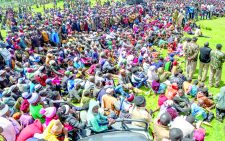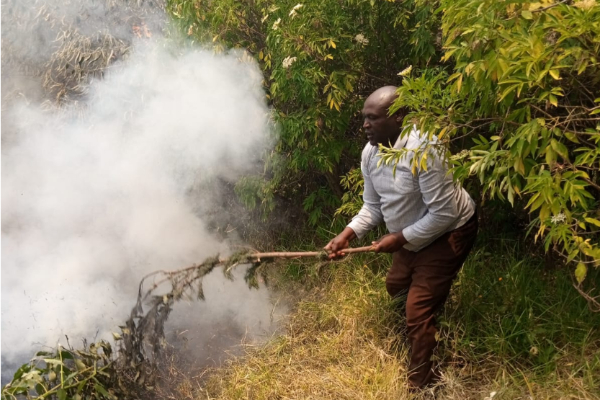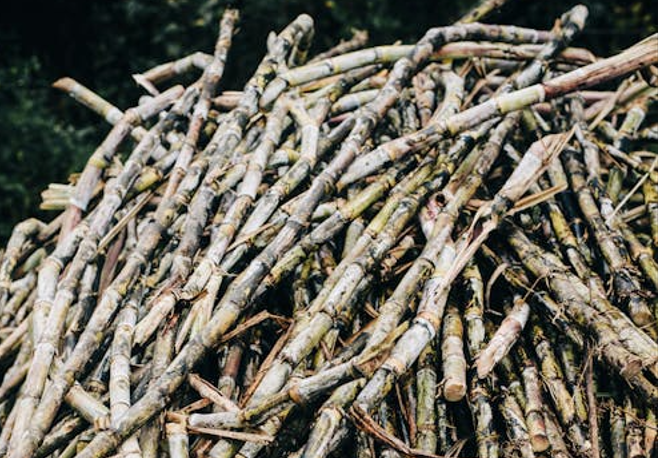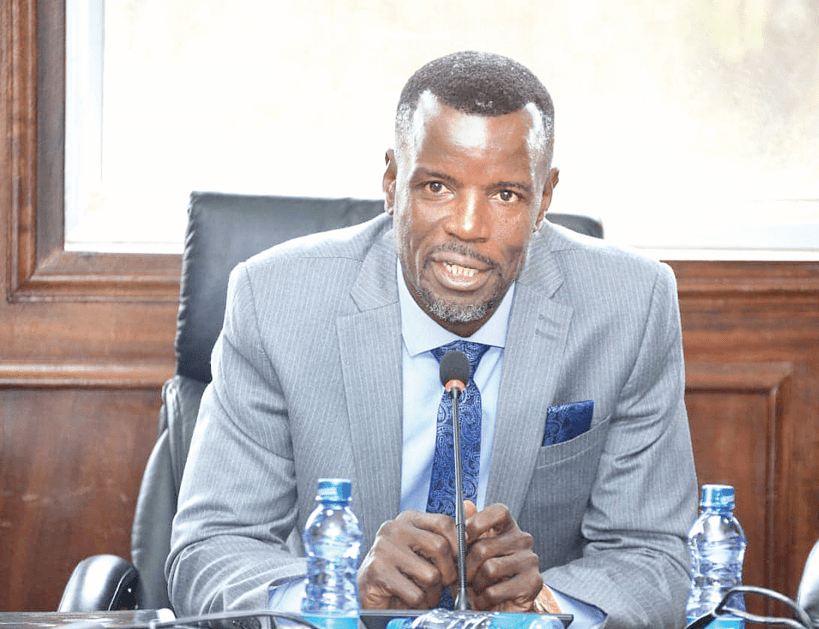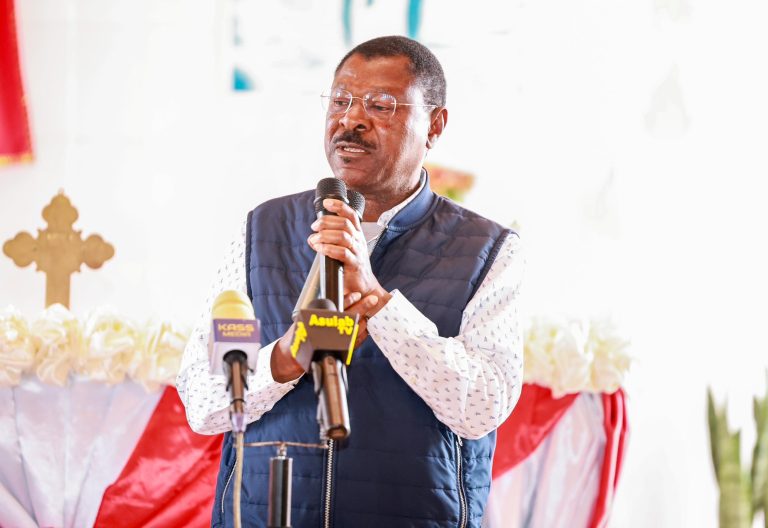Ogiek opposes fencing of the Mau Forest

The Ogiek community has opposed the South Western Mau Forest’s demarcation and fencing, claiming there was no public participation.
According to them, this move by the government violates the African Court’s decision to acknowledge their land rights and ancestors’ connections to the forest.
Led by Joseph Koech, Chairman, Kenya Indigenous Forest Community Association, they said they have been living on the land without fencing since 1931 and that they need to go back to their home.
They claim that the government is once again infringing on their rights and has excluded them from the process.
“We weren’t consulted; the government just came and started fencing our land without involving us,” Koech said.
He adds, “Since 1931, our people have been living in this land without any fence, we don’t agree to this fencing, we need to go back home.”
In May 2017, the African Court on Human and Peoples’ Rights, affirmed the Ogiek’s status as ancestral owners of the Mau Forest and ordered the Kenyan government to compensate the community for both material and moral losses, grant them collective title to their ancestral land, and reform policy and legislation denying Indigenous peoples their rights.
Idle capacity
Koech emphasised that Mau is their home and that it is their duty to preserve their ancestry.
He said they have a strong bond with the land and were born there, and they want to go back to where they belong.
“We want to tell the government to give us back our land, we are against the fencing,” Koech said.
Joel Kemboi, a member of the Ogiek community, demanded that the fencing stop immediately.
He added that the installation of an electric fence on their property puts their lives in danger.
“As members of the Ogiek Community, we want to return home. We are opposed to the fencing on our property because it puts our lives in danger rather than providing any advantages,” Kemboi stated.
According to them, it could have been better if they could have been involved before starting to fence their source of herbal medicine and grazing field for their herds.
“This is where we call home, it’s our source of herbal medicine, and our grazing land for our cattle. Yet, we were not consulted, and our rights are being ignored,” Kemboi said.
The largest of the 22 blocks that make up the Mau Forest Complex, the South Western Mau Forest covers 60,000 hectares of indigenous montane forest.
The government started the fencing project within the Mau Forest Complex to safeguard Kenya’s largest water sources.
